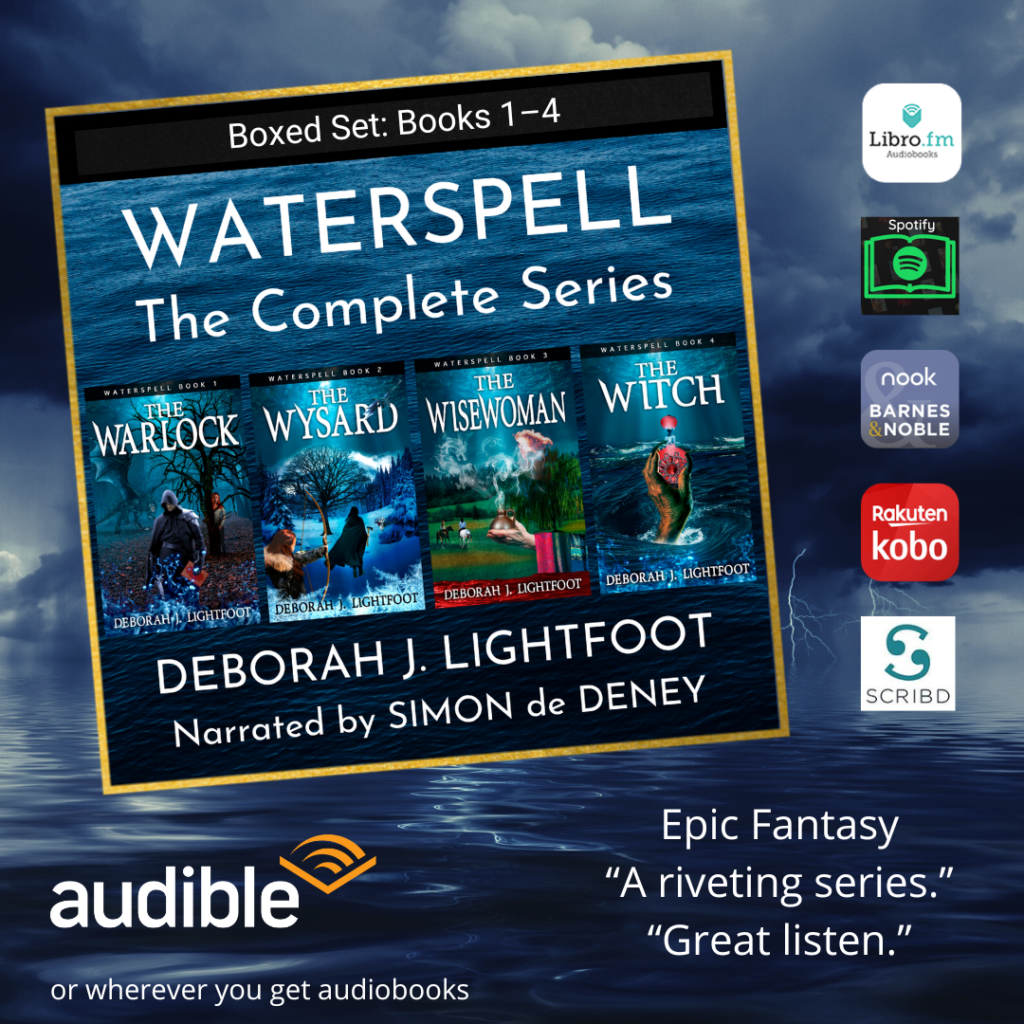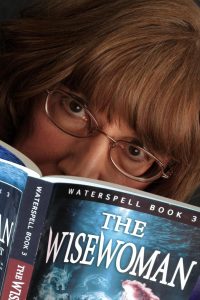This year as Lewis Carroll fans worldwide celebrate the 150th anniversary of the publication of Alice’s Adventures in Wonderland, I was privileged to attend a presentation by sculptor Bridgette Mongeon at the spring meeting of the Lewis Carroll Society of North America (LCSNA), held at the Harry Ransom Center in Austin, Texas, in conjunction with the Center’s special Alice exhibition.
Bridgette, an artist, sculptor, writer, educator, public speaker, and wife and mom too, has been commissioned to create a monumental bronze sculpture of Alice in Wonderland’s Mad Hatter tea party, to be placed in a Texas park (the exact site has yet to be announced). Visitors will be able to not only admire the sculpture, but also sit themselves down to it and have a picnic lunch with Alice, the Cheshire Cat, the March Hare, and the Hatter, as shown in the above digital model.
In her talk to the LCSNA, Bridgette spoke of the STEM curriculum (science, technology, engineering, and math) and how vital it is to add an “A” for art, which turns STEM into STEAM. She has given STEAM programs to young women in grades 6 through 8, in which she ties it all together: Art, Technology, Medicine, Math, AND Literature. Bridgette creatively fuses art and technology: she creates sculptures using both traditional (clay and wax) and digital processes. Lewis Carroll fits well with Bridgette’s many interests because he was an artist and photographer, a mathematician, and, of course, a writer.
I was fascinated and inspired by Bridgette’s LCSNA presentation. In my freelance work as an editor for a national educational organization, I specialize in STEM and STEAM subjects. I’ve edited manuscripts on animation, archaeology, architecture, energy, environmental science, oceanography, photography, textiles, and theater, among others. Even the most technological subjects need the “A” added for “art.” Art imparts the human touch and often creates a fresh perspective that can lead to new discoveries.
Bridgette cited the example of an artist who sculpted her cancer tumor, and how the creation of “a full-on object that they could walk around” is changing the way oncologists approach the treatment of cancer.
I was also reminded of astrophysicists’ reactions to the computer-generated black hole in the movie Interstellar. Actual observational data was used to create the movie’s visualizations, leading physicist Kip Thorne to realize: “Why, of course. That’s what it would do.” From the art, he got something he didn’t expect: a scientific discovery.
With arts programs on the chopping blocks at too many schools, we all need to be championing STEAM. While the current emphasis on science, technology, engineering, and math is very welcome, we must also keep a central place in the curriculum for art. While science and technology may reveal the structure of things, art reveals the heart.









